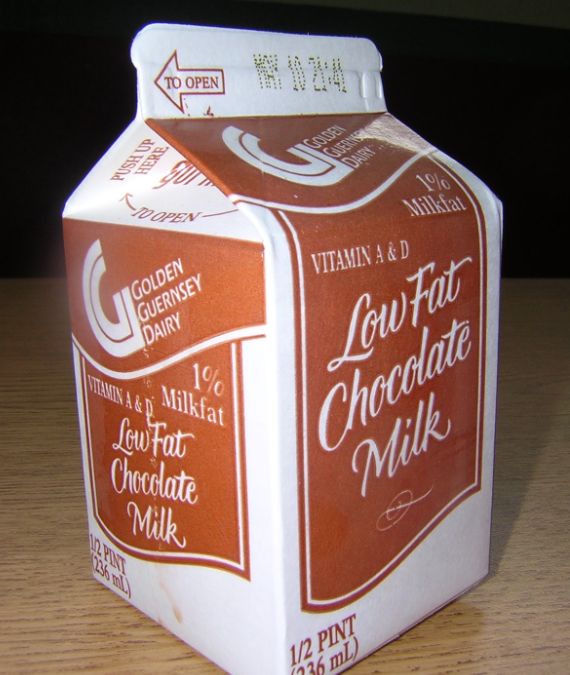The amount of foods tossed out by Americans is staggering. Are we being safe or simply wasteful?
“Ninety Percent of Americans misinterpret the dates on labels, according
To the Natural Resources Defense Council (NRDC), and they throw out
Food that could still be consumed or frozen for later use.”
If you thought there were federal regulations on date labeling, you’d be wrong. Baby formula is the only federally-regulated food item.
So what do those date labels mean? They are often manufacturer’s best guess as to how long their food will taste fresh. They really don’t mean anything about whether it’s safe to eat. It’s about food quality, not food safety.
Here are what a few of the food labels currently mean:
- Best If Used By/Before – guarantees the date by which the product will retain its best quality or flavor
- Sell By – is set by manufacturers to alert retailers when to remove a product from their shelves
- Use By – guarantees the last date by which a product will retain its best quality
- Packed on – indicates when an item was packaged
You can take measures to maintain freshness of food as long as possible. First, store foods at the proper temperature. Refrigerated foods should be stored no lower than 40° F and frozen food should be kept at 0° F.
So, how do you tell if your food is safe to eat? The best option is to apply the tried-and-sometimes-true “sniff, taste, and see test”. How does it smell? If the food smells different from what it should, consider that one indication of safety. Of course, you can see some indications that food has gone bad. Mold or discoloration are a definitive sign. And taste will tell you when something is wrong.
Generally, canned goods can last 2-5 years. But cans with dents and bulges should be discarded.
Grains and dried goods can probably be used well past their expiration dates, but meat, dairy and eggs have shorter shelf lives.
The Cleveland Clinic suggests these general guidelines for freshness:
- Milk – 7 days (keep in back of refrigerator where it is the coldest)
- Eggs – 3-5 weeks (also store in back of refrigerator)
- Ground meat/poultry – 1-2 days
- Cooked meat/poultry – 3-4 days
- Lunch meat – 2 weeks unopened, or 3-5 days opened
- Dry pasta – 1-2 years
- Steaks – 3-5 days
- Fresh poultry – 1-2 days
- Canned fruit – 12-18 months; 5-7 days in refrigerator after opening
- Rice and dried pasta – 2 years; 3-4 days in refrigerator after cooking
Recommended freezer shelf life for best quality:
- Hamburger/other ground meats – 3-4 months
- Chicken of turkey (whole) – 1 year
- Soups and stews – 2-3 months
- Lunch meat – 1-2 months
As a concerned consumer, you can:
- Stay aware of the dates on your food and store them properly.
- Use your good judgment (and eyes, ears and nose) to determine whether to eat questionable foods.
- Freeze food to prolong its shelf life when possible.
- Read labels and educate yourself about what they mean.
I’m Vicki Peel, former home economics teacher and educational administrator. If you are not receiving my emails, coupons, and freebies, look for the Subscribe block (below right) and submit your contact information. I will not share your information with anyone, and all the content you will receive as part of our community is free. I may occasionally promote someone else’s paid content, offer a product for your consideration or share an item that I think might be of use to you. However, you are under no obligation to purchase anything – ever. So, sign up now so you won’t miss anything during our March – June foods extravaganza!!
